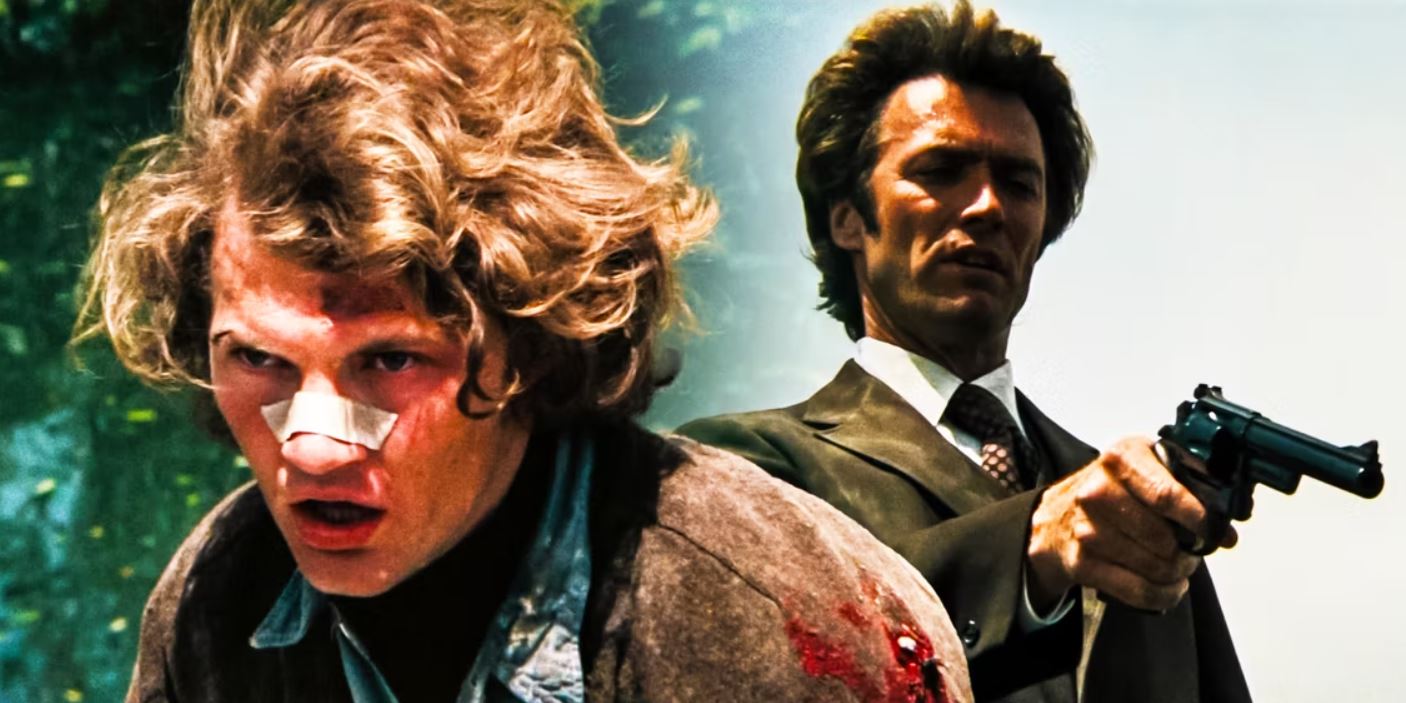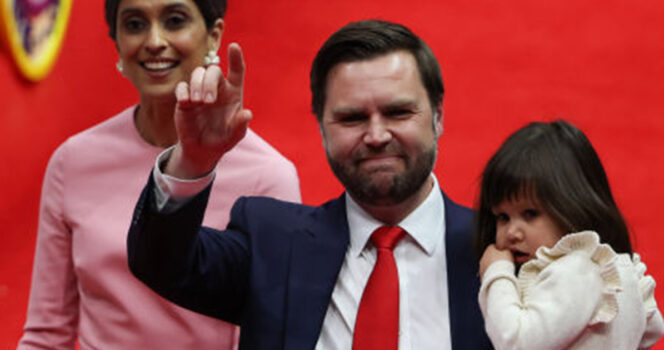Clint Eastwood made a reputation for himself with Westerns like the Dollars trilogy and Hang ‘Em High, but the genre was in decline by the end of the 1960s.
While other famous actors such as Paul Newman, Frank Sinatra, and John Wayne turned down Dirty Harry parts, Eastwood accepted the challenge and stepped in. It was not just a great success when it was released in 1971 but also confirmed that cop movies were now more popular than Westerns.
Despite its beautiful finale, Eastwood initially hesitated to film this sequence for fear of detracting from the plot. Despite his qualms, he eventually overcame them and gave viewers a memorable ending to what would become one of cinema’s most acclaimed films.
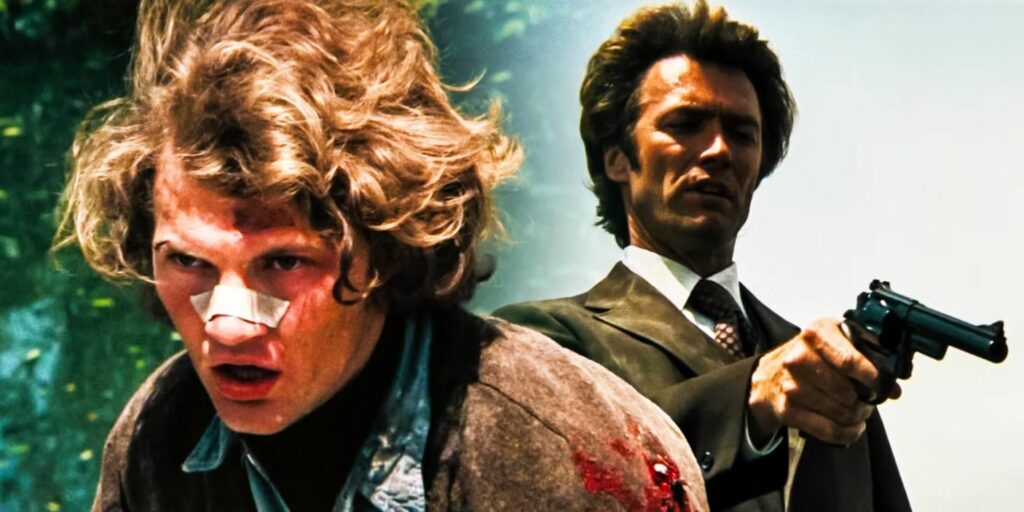
Clint Eastwood’s character, Dirty Harry, was acclaimed in the original Dirty Harry film (1971) for his unrelenting adherence to justice. Yet, notable reviewers such as Pauline Kael thought its themes excessively fascistic, prompting a sequel.
Magnum Force (1973) was released to show that the original did not support Harry’s harsh measures. The first installment’s climax saw Harry shoot down Andrew Robinson’s Scorpio after he kidnapped a bus full of children.
Despite his satisfaction in apprehending the offender, Harry demonstrates his disgust with such savagery by throwing away his badge.
Clint Eastwood opposed Dirty Harry’s ending, in which the protagonist’s partner was frequently in danger. Throughout the novel, Harry becomes increasingly disillusioned with the criminal justice system due to its failure to deliver justice to Scorpio, who has committed several crimes but has not been held accountable.
By tossing his badge at the novel’s end, Harry expresses his displeasure with traditional justice while paying homage to Gary Cooper’s character in High Noon (1952).
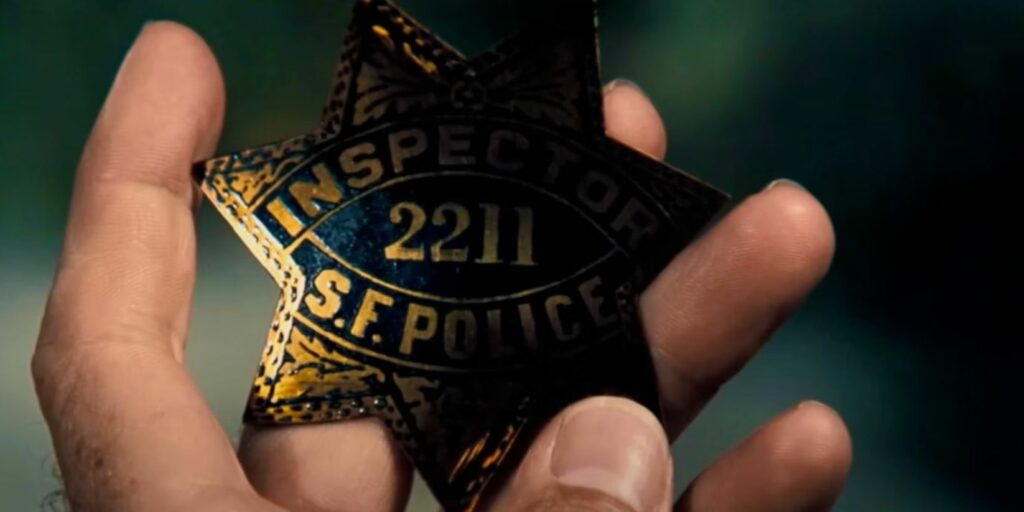
Eastwood opposed this ending because he believed it would give viewers the impression that Harry had resigned from his job as a detective.
Robinson told Rue Morgue that at the end of the film, Don Siegel and Clint Eastwood had a furious argument about the destiny of Harry’s badge.
Finally, Robinson and Siegel agreed that Dirty Harry should give up his police badge because it was more fitting for an oddball and vigilante like himself.
Eastwood, on the other hand, was vehemently opposed to the concept, believing that removing Harry from active service would jeopardize the possibilities for any future sequels.
As filming began, Eastwood changed his mind and decided that Harry should, after all, give up his badge.
Clint Eastwood’s outstanding performance as Detective Harry Callahan in Dirty Harry was a huge success, sparking the production of Magnum Force two years later.
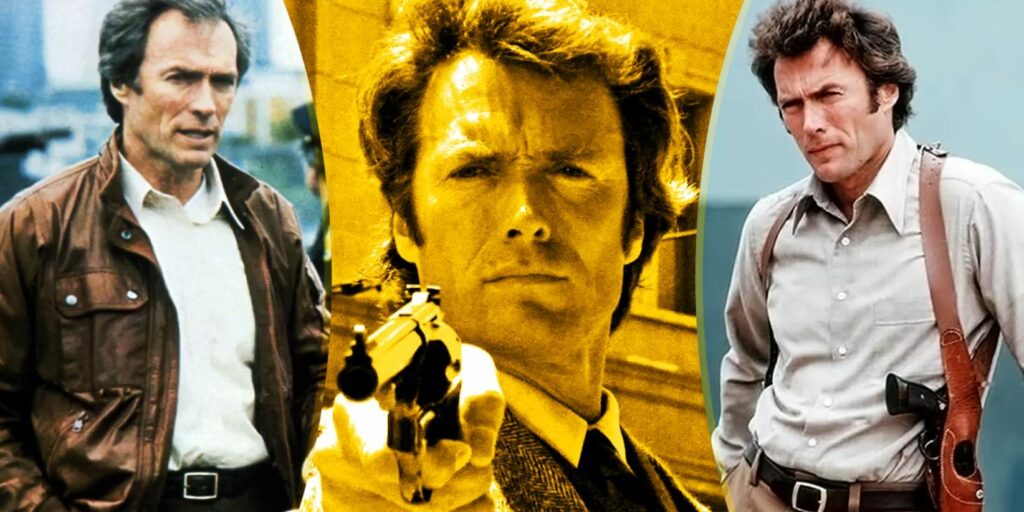
As a result, Eastwood didn’t need to recreate his character’s exciting shot from the first film because he replayed it for four more films – The Enforcer, Sudden Impact, and The Dead Pool – making it his longest-running series.
Despite this, none of the ensuing sequels mention Harry giving up his badge; instead, he is already back on duty when the narrative begins.
This decision shows Eastwood’s enduring influence on viewers with his dramatic performance in Dirty Harry. It creates an interesting contrast between how the character was presented at the beginning and finish of his story arc.
